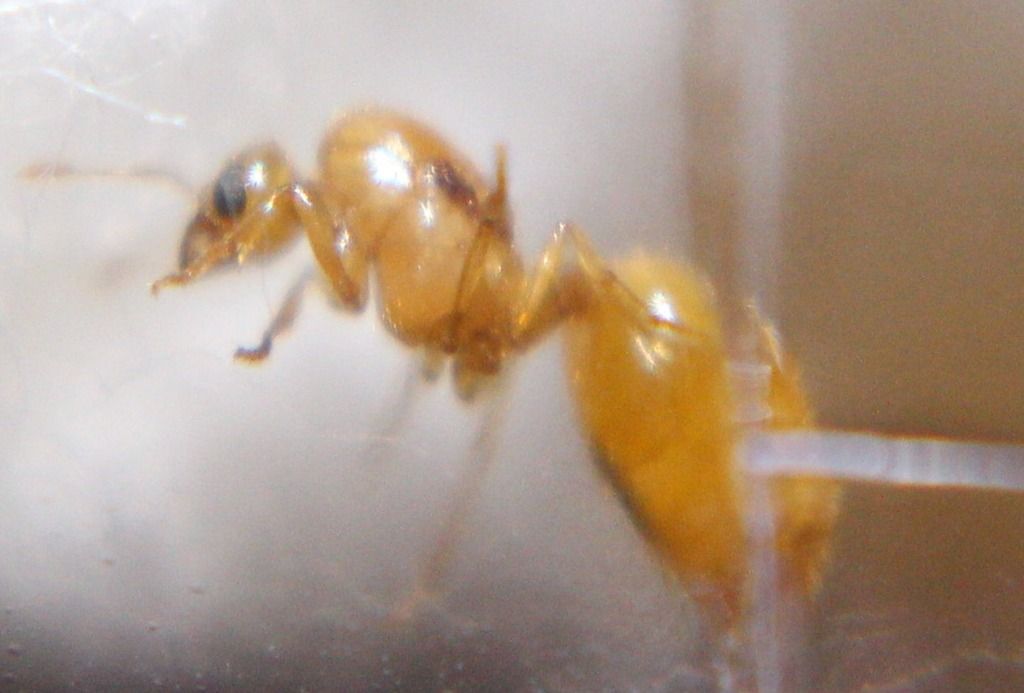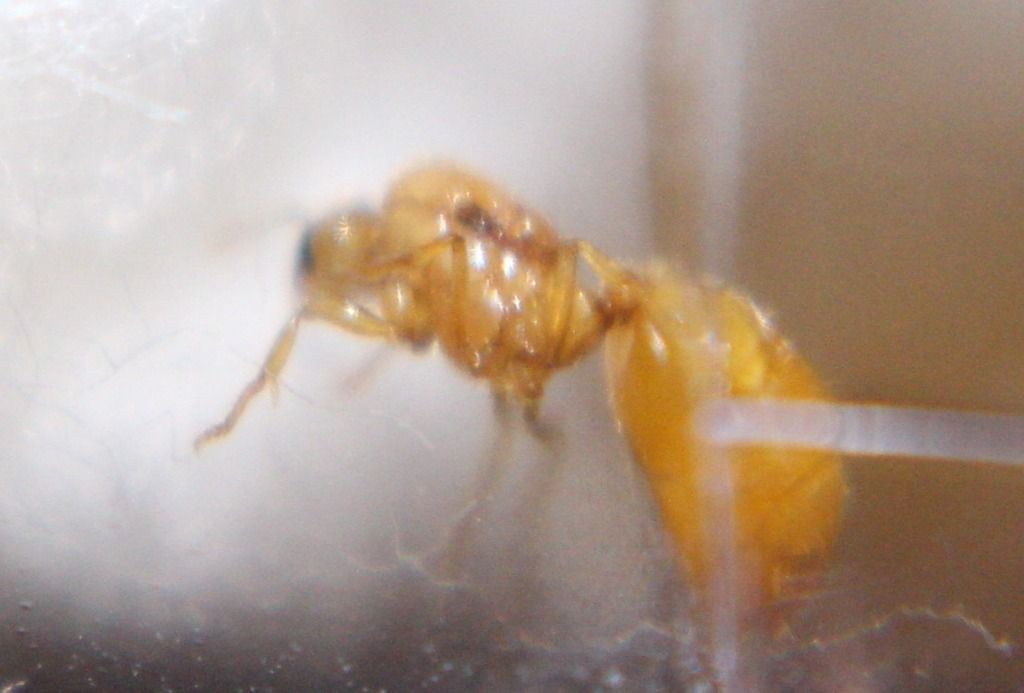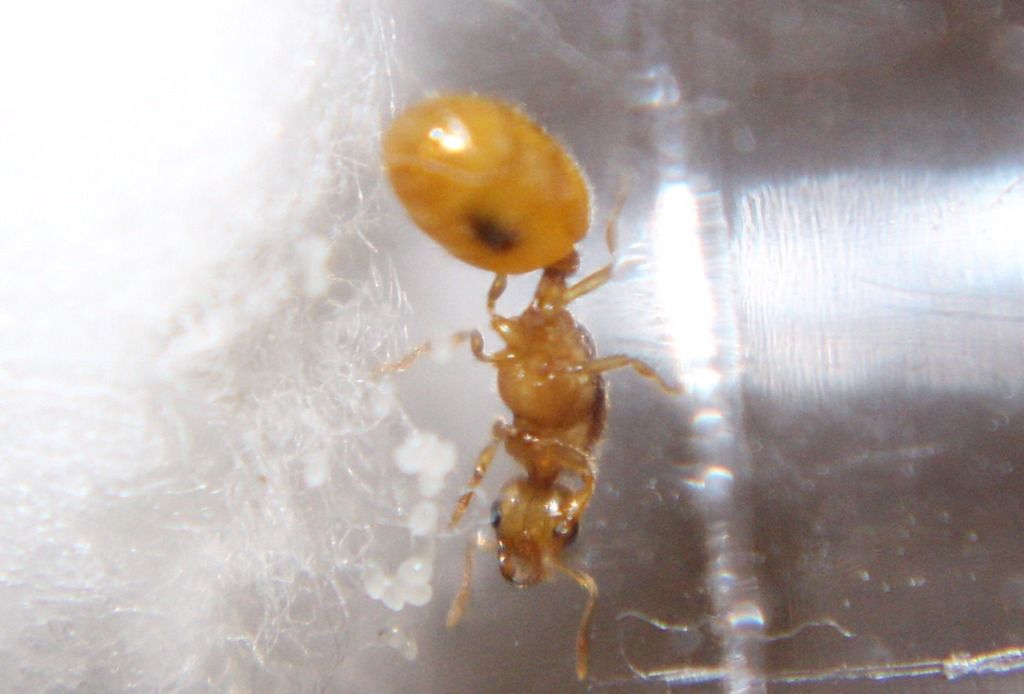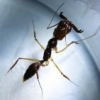This past July, I found a weird queen that I, at the time, thought was Dorymyrmex (I was inexperienced then and wasn't informed about the petiole nodes). But I soon noticed her differences in Dorymyrmex, so I uploaded an ID request on the AntsCanada forum a week after I caught her. Batspiderfish ID'd it as Pheidole morrisii. But Mdrogun and I have since looked at these pictures and concluded that she does not look like morrisii, and may not even be Pheidole at all. So, I've decided to post another ID request on here to see if anyone has any other opinions. I'm very curious to know what she was!
She ended up only living about a week. She had laid a stack of eggs, but still died for an unknown reason.
Here's the AntsCanada post if anyone is interested: http://forum.antscan...=morrisi#p14790
Her size was 7-8mm. These are the only pictures I have of her. Sorry for the not so great quality.



Edited by Aaron567, January 2 2017 - 3:03 PM.





















